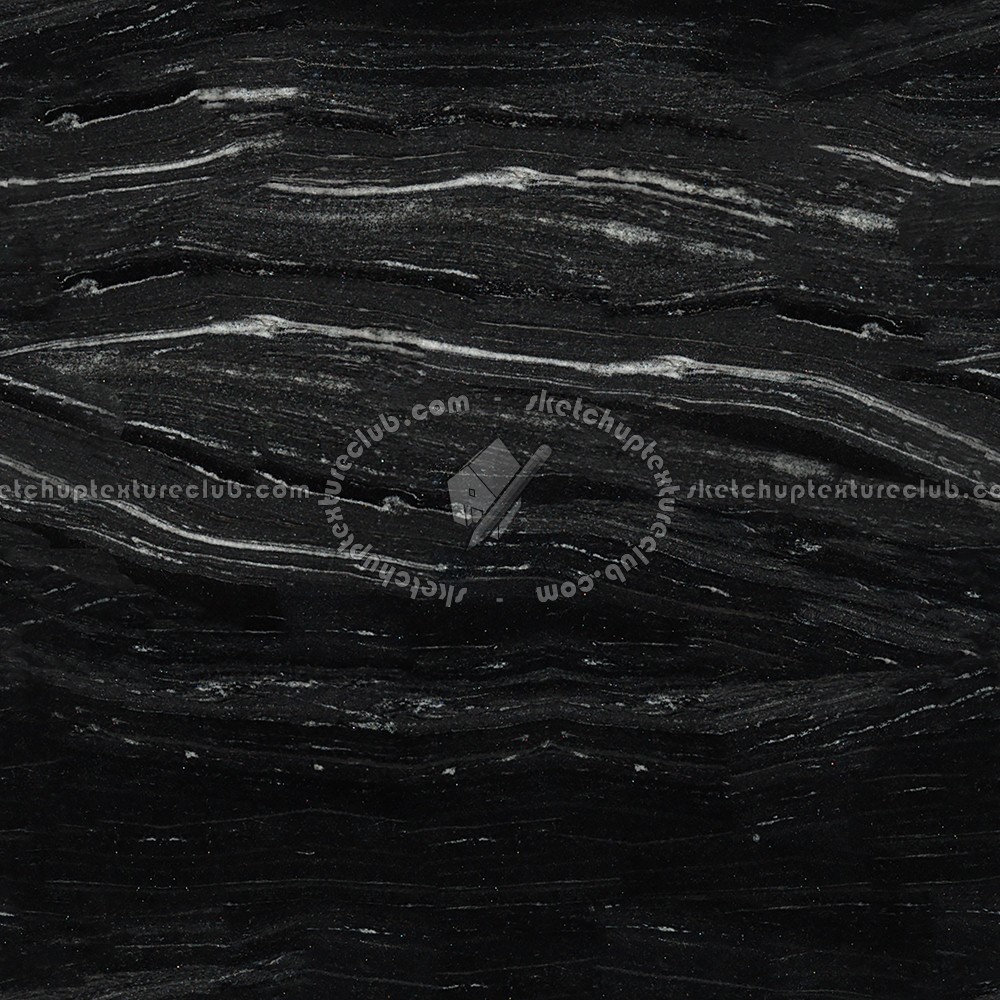

Higher proportions of calcium and low ratios of magnesium, as found in calcite limestone, tend to be lighter and contain more silvers and whites increases in magnesium content provide a balance of light, cool greys with sandy blonde or pink hues while dolomitisation occurs when magnesium-rich groundwater reacts with calcite to produce dolostone or dolomite rock, possessing darker greys or orange and brown shades owing to its higher levels of magnesium. Marbles can be used in architecture as aggregate in roads, hardcore and as a site levelling base in construction projects, or cut and highly polished for a smooth finished, dimensioned stone, varying in colour from pure white muddy or hazy creams, beiges, pinks, greys and browns depending on their chemical compositions. Due to the locations and circumstances in which marble transitions from limestone, it is normally found in large, geographically concentrated quantities, allowing it to be mined efficiently.

Minerals present in the limestone pre-metamorphosis change in structure like the calcitic content: Clay transforms to complex silicates, further solidifying the new rock. Marble undergoes a unique transformation uncommon to other rocks formed by metamorphism whereby it doesn’t form in layers, or foliate, leaving a pristine, unblemished, seamless surface appearance. Immediately after the transition, calcite crystals are small, but grow in size to become interlocked, hiding any sedimentary structures and fossilised remains commonly found in limestone. Metamorphosis can also occur when limestone or dolomite rock is exposed to magma from the earth’s core when it punctures through to form magma chambers, or ruptures the earth’s surface and discharges under pressure. Marble is normally chemically transformed from limestone at the boundaries of convergent plates through direct exposure to the heat of the earth’s core combined with the pressure from the weight of layers above causing the calcite to recrystallise, changing the texture and characteristics of the rock, a process known as metamorphosis. The process of denudation, erosion and formation of the new rock is known as sedimentation. Some limestones form when calcitic minerals from plant and animal debris or remains break down, accumulate and are lithified and are known as organic sedimentary rock, occasionally containing fully intact fossils. The particles then undergo a process known as lithification over an extensive period of time, whereby particles are compacted in layers, compressed under their own weight and bound or cemented together when exposed to and combined with chemicals such as oxides or, with limestone, higher concentrations of carbonates, which helps increase the bond between the graduals and reduce the porosity of the newly formed rock.

Calcitic minerals can also gather when left behind after bodies of water evaporate. The transportation process helps round and smooth the harder particles and remove weaker grains. High concentrations of the particles are deposited in one area, often setting on lower land or in bodies of water. Limestone, a sedimentary rock, is composed from calcium carbonate, forming when other types of rock are subject to a sequence of weathering and erosion known as denudation: Mechanical weathering from ice, water flow, waves, rain, wind or thermal activity strips or grinds down parts of the origin rock, with particles being eroded, or transported away from the source area, by glaciers, rivers, wind or water. A metamorphic, almost crystalline state variant of limestone, marble polishes to a very high finish, becoming almost completely smooth and reflective. Marble is rarely a dominant material in buildings due to its high cost, but can be found in ornate flooring, columns, countertops, staircases, cladding, or façade details. Marble typically posses a white finish in its purest form owing to its calcitic carbonate makeup, although other colours are displayed due to a variety of impurities within the stone, from other mineral and rock compositions such as clay, quartz, iron oxides and graphite. Marble is a hard, durable, exquisite stone used in architecture and design as both internal and external finishes. The joints are filled with mortar and are 5 mm (0.2 inches) in width.
.jpg)
The image represents a physical area of 1215 x 840 mm (47.8 x 33.1 inches) in total, with each individual block measuring approximately 400 x 100 mm. A seamless stone texture with marble arranged in a stretcher pattern.


 0 kommentar(er)
0 kommentar(er)
